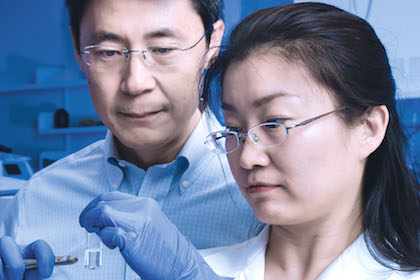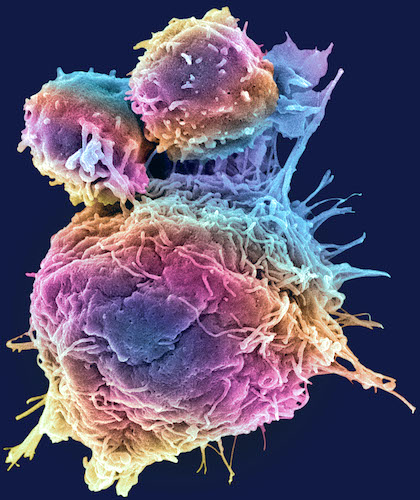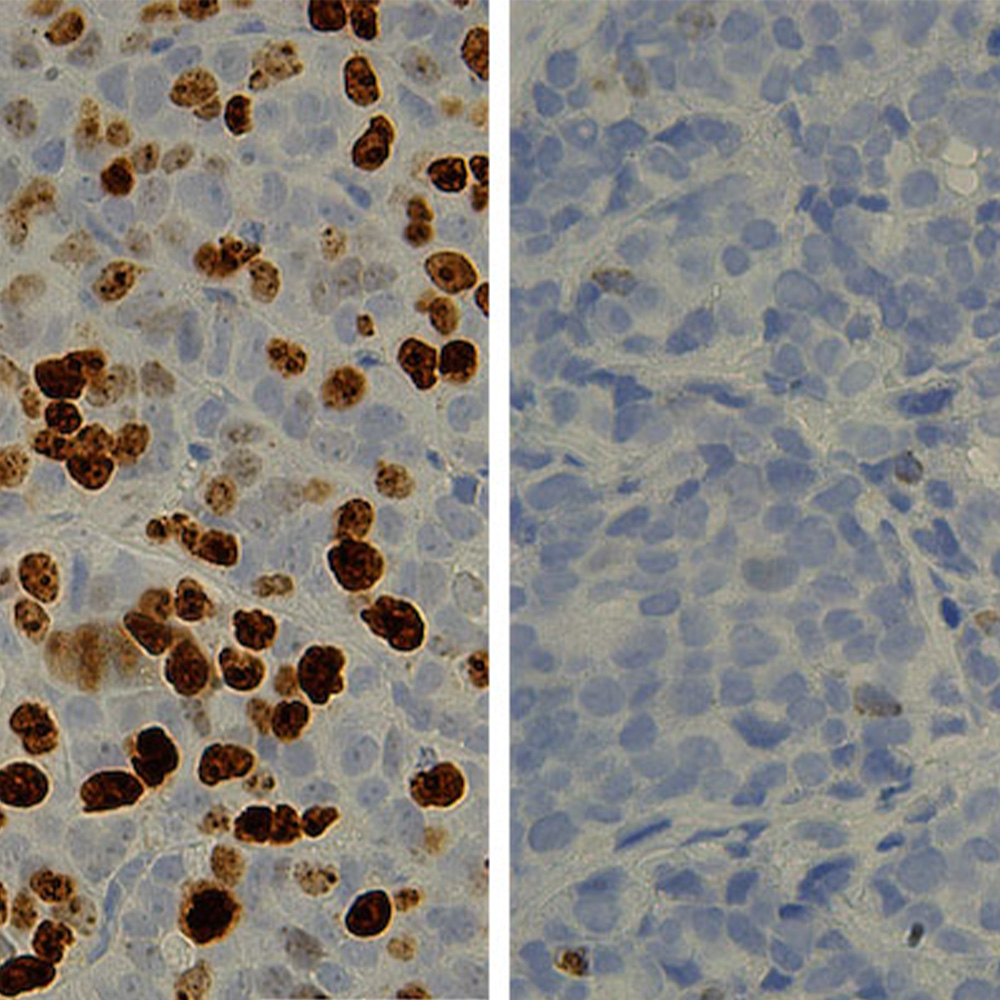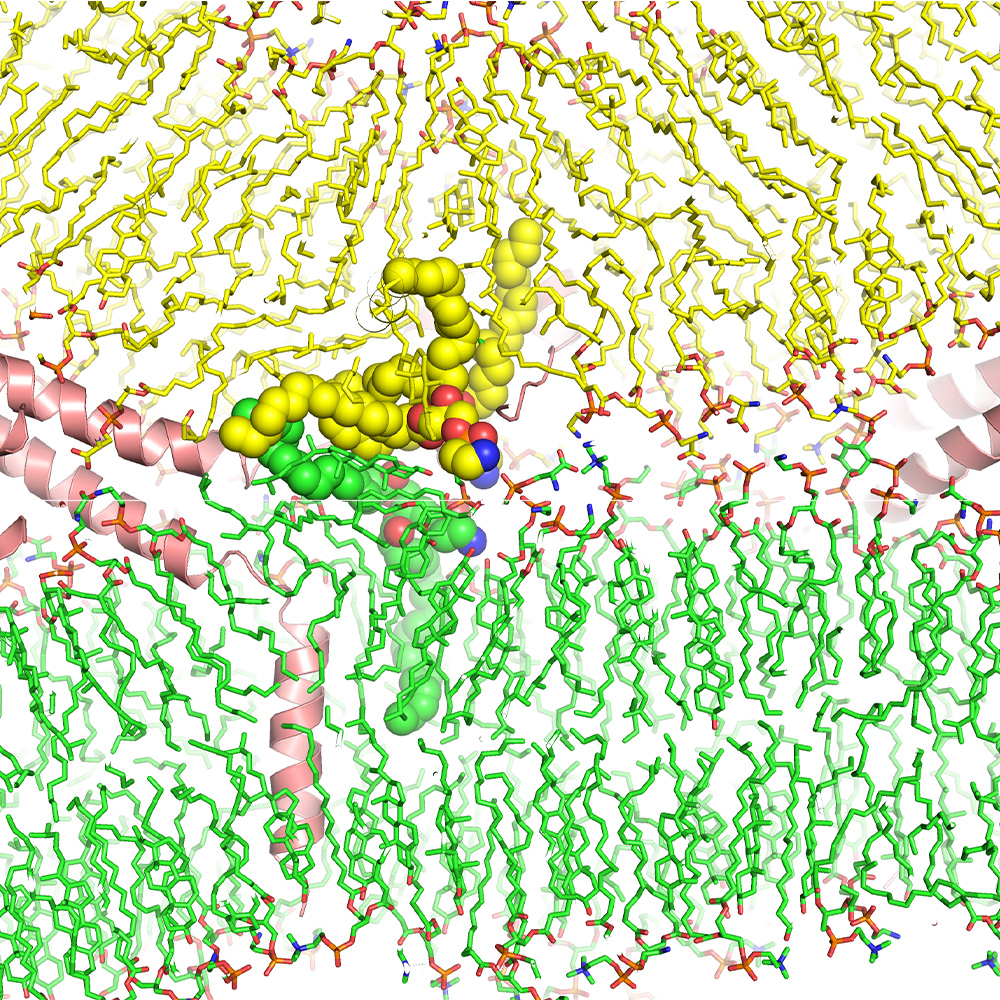Nanoparticle vaccine shows promise as cancer immunotherapy

A groundbreaking nanoparticle vaccine immunotherapy that targets several different cancer types has been developed by biomedical researchers at UT Southwestern.
The nanovaccine consists of tumor antigens – tumor proteins that can be recognized by the immune system – inside a synthetic polymer nanoparticle. Nanoparticle vaccines travel directly to the body’s lymph nodes to activate tumor-specific immune responses. Typical vaccines, on the other hand, require immune cells to pick up tumor antigens and then travel to the lymphoid organs for T-cell activation.
“What is unique about our design is the simplicity of the single-polymer composition that precisely delivers tumor antigens to immune cells while stimulating innate immunity. These actions result in safe and robust production of tumor-specific T-cells that kill cancer cells,” said Dr. Jinming Gao, Professor of Pharmacology and Otolaryngology in UT Southwestern’s Harold C. Simmons Comprehensive Cancer Center.
In this case, the experimental UTSW nanovaccine works by activating an adaptor protein called STING, which in turn stimulates the body’s immune defense system to ward off cancer.

A study published last year in Nature Nanotechnology outlining this research reported that the UTSW nanovaccine had anti-tumor efficacy in multiple tumor types in mice, including melanoma, colorectal cancer, and HPV-related cancers of the cervix, head, neck, and anogenital regions.
The research was a collaboration between the laboratories of Dr. Gao and Dr. Zhijian “James” Chen, Professor of Molecular Biology and Director of the Center for Inflammation Research, established to study how the body senses infection and to develop approaches to use this knowledge to create new treatments for infection, immune disorders, and autoimmunity.
“For nanoparticle vaccines to work, they must deliver antigens to proper cellular compartments within specialized immune cells called antigen-presenting cells and stimulate innate immunity,” said Dr. Chen, also a Howard Hughes Medical Institute Investigator at UT Southwestern and holder of the George L. MacGregor Distinguished Chair in Biomedical Science. “Our nanovaccine did all of those things.”
With the emergence of new nanotechnology tools and increased understanding of polymeric drug delivery, Dr. Gao said, the field of nanoparticle vaccines has grown in the past decade and attracted intense interest from academia and industry.
“Recent advances in understanding innate and adaptive immunity have also led to more collaborations between immunologists and nanotechnologists,” Dr. Chen said. “These partnerships are critical in propelling the rapid development of new generations of nanovaccines.”
Combining nanovaccines with radiation or other immunotherapy strategies can further augment their anti-tumor effectiveness, the researchers said.
The investigative team is now working with physicians at UT Southwestern to explore clinical testing of the STING-activating nanovaccines for a variety of cancer indications.





